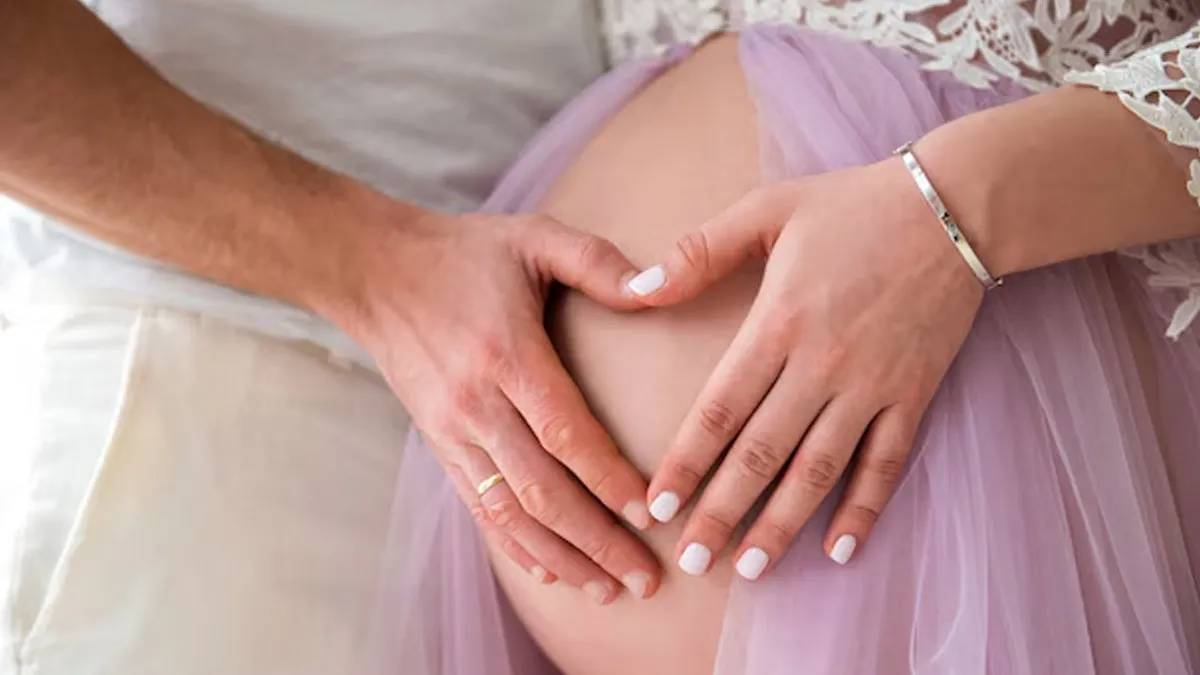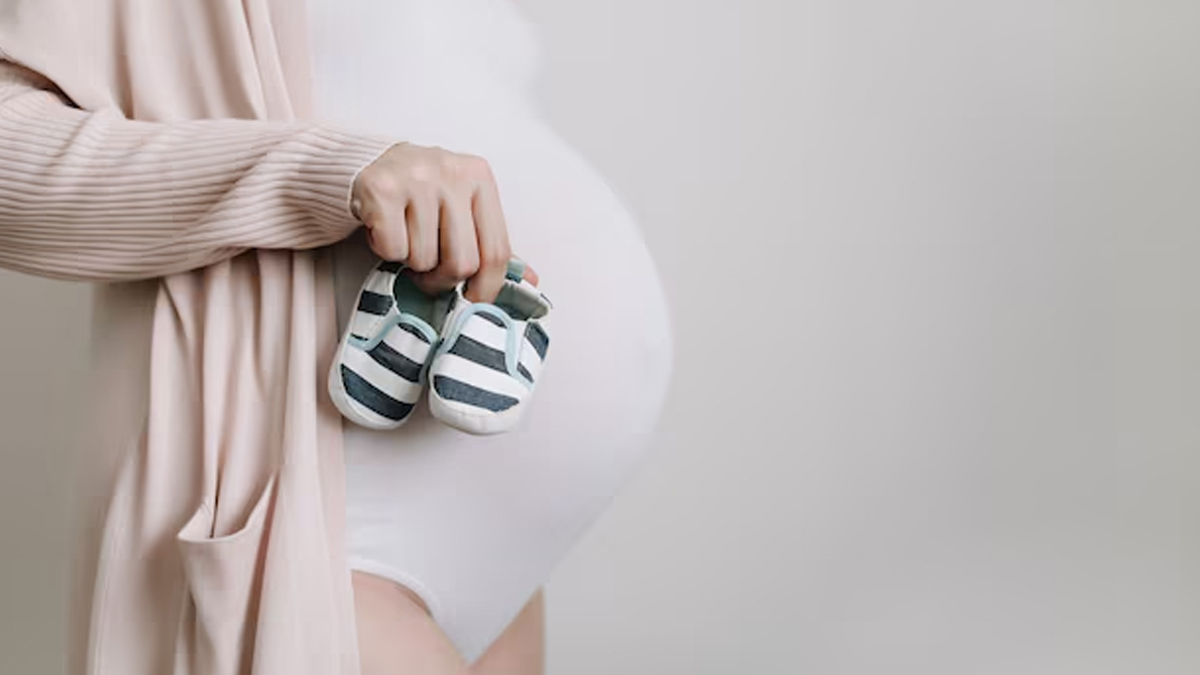
Pregnancy and childbirth are natural processes that have been a part of human life since the beginning of time. But it is surprising to see how several misconceptions continue to exist even in today's time. If you are pregnant, it is likely that you have been told many stories about labour and childbirth, some of which may be true and helpful. But then how do you decide which narratives to believe and which ones to ignore? Of course, the best way to find out is to consult a doctor and clear your doubts. This is exactly what we did. In an interaction with the OnlyMyHealth team, Dr Rashmi Bhamare, Consultant - Obstetrics and Gynaecology, Manipal Hospital, Baner, Pune, debunked some common myths for you.
Table of Content:-
Also Read: Athiya Shetty Debuts Her Baby Bump, Amid BGT Series: At What Month Do Mothers Get A Baby Bump?
Myth 1: Wide Hips Make For Easier Birth

It’s a common misconception that wide hips make it easier for women to give birth and have normal deliveries. However, Dr Bhamare disagrees and calls it a myth, as the pelvic structure is more complex than just the width of the hips.
Other factors that play a role include the baby's size and position and the shape of the pelvis. For example, a gynaecoid pelvis is wide and open, which can make for an easier vaginal birth. An android pelvis is narrower, which can make labour more difficult.
Myth 2: Second Delivery Is Always Less Painful
Another common myth that people have is that the second baby delivery is less painful than the first one. It may be for some women, but this is not guaranteed for all. A second labour may be shorter because the cervix and pelvis have already stretched. But there is no telling if it will be less painful.
Myth 3: Episiotomies Are Always Performed

An episiotomy is a surgical incision made during childbirth to widen the vaginal opening. But is it always performed during childbirth? Dr Bhamare says no, adding that episiotomies are performed only when they are medically necessary.
Myth 4: A Vaginal Delivery Always Causes A Prolapse
A vaginal delivery is a risk factor for a prolapse, but it is important to note that it doesn't always cause it. A prolapse is a condition that occurs when the pelvic floor muscles and tissues weaken and can no longer support the pelvic organs.
According to Dr Bhamare, no scientific evidence shows that vaginal delivery can lead to Pelvic Organ Prolapse (POP) if it is done in a supervised and correct manner.
Myth 5: A Cord Around Baby's Neck Requires C-Section
Many pregnant women worry that if the umbilical cord is wrapped around the baby’s neck, a C-section will be necessary. However, this is a common myth. A caesarean section may only be needed in cases where the cord is too short or tightly wrapped in multiple loops, causing labour to stop progressing.
Also Read: Understanding Importance Of Prenatal Vitamins: What To Take And When
Scientifically-Backed Tips For Pregnant Women

Dr Bhamare says, “Pregnant women should ensure that prenatal care is being taken, such as monthly checkups and vaccines for whooping cough and flu.”
A pregnant woman should include a diet that is rich in fruits, vegetables, whole grains, and low-fat dairy and avoid mercury-rich seafood and uncooked meats. The doctor recommends including iron-rich food like beans, lentils, eggs, and lean meat to prepare the body for a natural delivery, as they support healthy Red Blood Cell (RBC) production. Also, calcium-rich and fibre-rich foods also help during pregnancy as they strengthen the bones and the teeth and promote regular bowel movements.
Moderate physical exercise has also been advised. This includes supervised aerobic exercises.
Additionally, the mental health of a pregnant woman should be taken care of through activities like meditation. Alcohol, tobacco, and other harmful substances should be avoided during pregnancy, Dr Bhamare concludes.
Also watch this video
How we keep this article up to date:
We work with experts and keep a close eye on the latest in health and wellness. Whenever there is a new research or helpful information, we update our articles with accurate and useful advice.
Current Version
